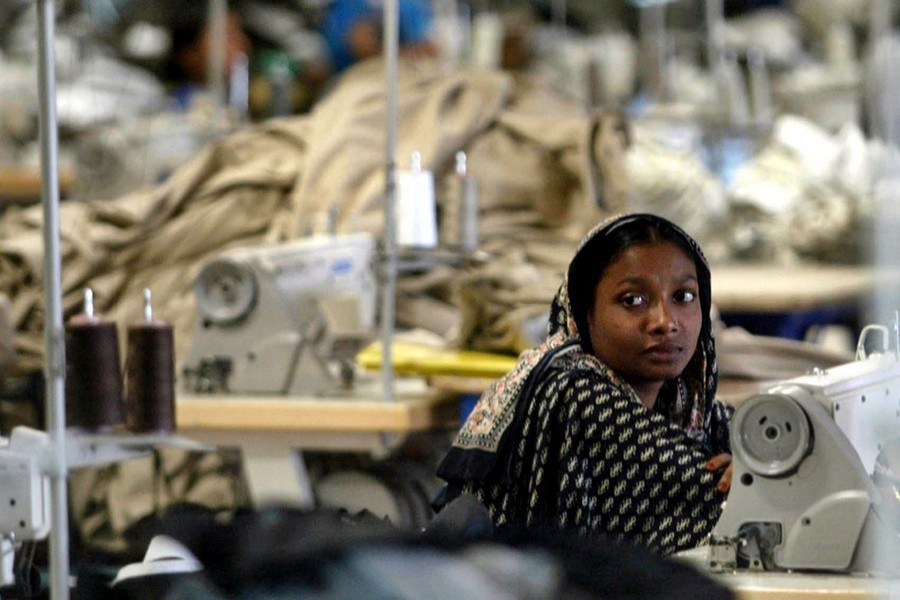Half of the capacity of the ready-made garment (RMG) factories that are not affiliated with either BGMEA or BKMEA remained unutilised in June amid the Covid-19 pandemic, according to a latest survey.
Majority of those units do subcontracting, and having new orders would be the key for their optimal capacity utilisation and ensuring employment, rather than financial support offered by the government, it added.
Mapped in Bangladesh (MiP), a joint research initiative of BRAC University and C&A Foundation, which is digitally mapping export-oriented garment factories, conducted the survey to assess the coronavirus outbreak impact on non-member RMG factories in Bangladesh.
MiP has so far mapped a total of 2,873 factories in Dhaka, Gazipur and Narayanganj. Of these 2,873 units, it found that some 555 factories are not members of Bangladesh Garment Manufacturers and Exporters Association (BGMEA) and Bangladesh Knitwear Manufacturers and Exporters Association (BKMEA).
Of the 555 units, some 448 factories that created employment for some 86,678 people responded to the MiP survey. The findings were disclosed at a virtual programme, organised by BRAC University on Wednesday. MiB team leader Dr Rahim B Talukdar chaired the event, moderated by its project manager Hasibuddin Hussain.
Center for Policy Dialogue (CPD) research director Khondaker Golam Moazzem, BGMEA director Sharif Zahir, and Department of Inspection for Factories and Establishments (DIFE) deputy inspector general Kamrul Hasan, among others, were present in it.
Associate Professor of Economics at Dhaka University Atonu Rabbani made a keynote presentation - 'The Impacts of Corona Virus on non-member RMG factories in Bangladesh' - based on the survey findings.
Speakers of the webinar stressed that those non-members factories should be brought under one umbrella of either the existing associations or a new one to monitor and ensure their compliance, reduce risk factors, and help them sustain in the garment business.
Being non-members, those units are deprived of getting the government's stimulus packages, given in two phases for workers' wage payment, they added.
Mr Rabbani said April was the hardest hit month for the factories that were studied. By May, their production activities started bouncing back even before lifting of the official containment measures.
"However, in June, capacity utilisation was about half," he said, adding continuous demand for services through availing new orders will be the key for their optimal capacity utilisation and employment.
According to the survey findings, each new order is associated with 16.5 per cent higher employment. One additional order for a factory can add about 32 workers per month or 10 per cent additional orders can create employment for 2,624 workers.
Mr Moazzem noted that BGMEA and BKMEA as well as DIFE maintain a distance from the non-member factories. But, there should be no difference among the export-oriented factories irrespective of their affiliation with associations.


